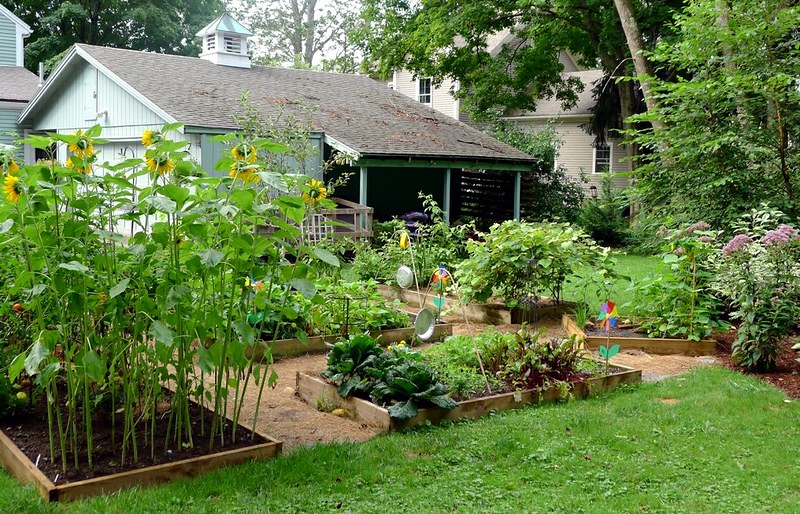In today’s fast-paced world, the idea of returning to a simpler, more self-sufficient way of living is becoming increasingly appealing. This is where frugal living homestead tips come into play, offering valuable insights for those looking to embrace homesteading while being mindful of their finances. Whether you’re a seasoned homesteader or just starting out, understanding how to live frugally on your homestead can make all the difference.
Starting with the basics, frugal living homestead tips can help you save money, reduce waste, and ultimately lead a more fulfilling life. These tips are designed to help you make the most of your resources, ensuring that nothing goes to waste and every penny is well spent.

Understanding the Homestead Mindset
The first step in embracing a frugal lifestyle on your homestead is understanding the mindset behind it. A homestead is more than just a place to live; it’s a way of life that emphasizes sustainability, self-sufficiency, and resourcefulness.
Embracing Simplicity
One of the core principles of homesteading is embracing simplicity. This means focusing on what truly matters and letting go of unnecessary luxuries. By doing so, you can reduce expenses and free up resources for more important projects.
Resourcefulness and Ingenuity
Homesteaders are known for their resourcefulness and ingenuity. This means finding creative solutions to problems and making the most of what you have. Whether it’s repurposing old materials or finding new ways to use existing resources, being resourceful is key to living frugally on a homestead.
Practical Frugal Living Homestead Tips
Now that we’ve covered the mindset, let’s dive into some practical tips to help you live frugally on your homestead.
Growing Your Own Food
One of the most effective ways to save money on your homestead is by growing your own food. This not only reduces grocery bills but also ensures that you have access to fresh, organic produce. Consider starting a vegetable garden or planting fruit trees to get started.
Preserving and Canning
Preserving and canning your harvest is another great way to save money. By doing this, you can enjoy your produce all year round and reduce food waste. Plus, homemade preserves and canned goods make excellent gifts.
DIY Projects
Homesteading often involves a lot of DIY projects. From building your own furniture to creating homemade cleaning products, there are countless ways to save money by doing things yourself. Check out this guide on woodworking projects for some inspiration.
Reducing Waste
Reducing waste is an essential part of frugal living. By implementing strategies to minimize waste, you can save money and help the environment. Learn more about how to reduce waste on the homestead with these practical tips.
Building Community Connections
Another important aspect of frugal living is building connections within your community. This can provide you with valuable resources, support, and knowledge that can help you thrive on your homestead.
Bartering and Trading
Bartering and trading are excellent ways to acquire goods and services without spending money. By offering your skills or surplus produce in exchange for what you need, you can build strong community ties and save money.
Learning from Others
Don’t underestimate the value of learning from fellow homesteaders. Joining local groups or online communities can provide you with valuable insights and tips for living frugally on your homestead.
For those new to the concept of homesteading, this beginner’s guide offers a comprehensive introduction to the lifestyle.

FAQs
What is a frugal living homestead?
A frugal living homestead is a lifestyle that emphasizes self-sufficiency, sustainability, and resourcefulness, with a focus on reducing expenses and waste.
How can I start living frugally on my homestead?
Start by growing your own food, preserving and canning your harvest, and engaging in DIY projects. Build community connections and reduce waste to further save money.
What are some benefits of frugal living on a homestead?
Benefits include saving money, reducing waste, leading a more sustainable lifestyle, and gaining a sense of fulfillment from living self-sufficiently.





